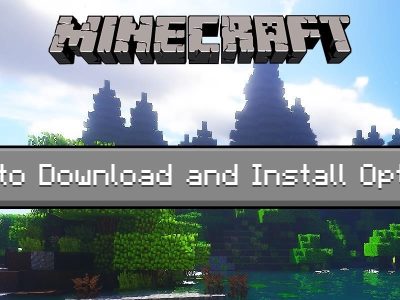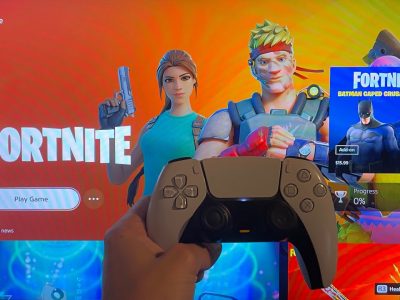Are you ready to dive into the world of 3D web gaming? It’s a place where creativity meets technology, where your ideas can turn into stunning, interactive experiences.
Think of it as a playground for both your artistic side and your problem-solving skills. Whether you are a complete novice in game development or just curious about how those awesome online games are created, you’re in the right place.
We are here to show you how to build 3D games on the web. So, get set to transform your gaming dreams into virtual realities! And this journey definitely has the power to convert every line of code and design into something spectacular.
So, let’s begin!
Getting Started: Understanding the Basics
Before you start coding, it’s important to grasp the fundamentals. 3D web games combine artistic design and technical programming.
Imagine forming a digital world and then breathing life into it with code. You will need to learn about 3D models, textures, lighting, and the physics that make your game feel real.
- Explore 3D Modeling: Learn how to create the basic building blocks of your game world.
- Texture Application: Understand how to give surfaces a realistic appearance.
- Lighting Techniques: Discover how lighting affects mood and visibility in your game.
- Physics Basics: Grasp how to make objects move and interact realistically.
Choosing the Right Tools and Technologies
The world of 3D web game development is vast, but don’t let that overwhelm you. Focus on mastering a few key tools and technologies first. WebGL is a game-changer, enabling rich, interactive 3D graphics in your web browser. Pair it with libraries like Three.js for an even more powerful combo. Remember, the right tools can make a world of difference.
- Mastering WebGL: Know the essential technology for web-based 3D graphics.
- Leveraging Libraries: Utilize tools like Three.js for enhanced functionality.
- Cross-Platform Compatibility: Ensure your game runs smoothly on various devices.
- Optimizing Performance: Learn techniques to make your game run faster and smoother.
The Role of a Software Development Firm
Now, you might be wondering if professional interference is needed or not. Well, if you dig deeper, you will realize that a professional software development firm can elevate your game to new heights.
They bring expertise in complex coding and design and can streamline development. It’s all about balancing what you can do and when to bring in the pros.
- Expert Coding: Gain access to advanced programming skills.
- Professional Design Insight: Benefit from experienced designers’ perspectives.
- Efficient Development Process: Leverage their streamlined methodologies.
- Support and Maintenance: Enjoy ongoing support for your game post-development.
The Magic of Animation and Interaction
Animation adds life to your game. Learn how to make objects move and react. It’s not just about visual flair; it’s how you tell stories and engage players. And interaction? That’s what turns your game from a movie into an adventure. Let players jump, run, or even just open a door. These small actions create a connection between your game and its audience.
- Character Animation: Make your characters move realistically and expressively.
- Environmental Effects: Incorporate elements like water, fire, and weather.
- Interactive Objects: Create items in the game world that players can use or manipulate.
- Feedback Mechanics: Implement ways the game responds to player actions, enhancing engagement.
Leveling Up: Advanced Techniques
As you gain confidence, it’s time to explore more advanced topics. Learn about dynamic lighting, shadow effects, and realistic physics. These elements can turn a good game into a great one. But remember, the best games balance technical brilliance with creativity and fun.
- Dynamic Lighting: Experiment with lighting that changes in real time.
- Realistic Shadows: Add depth and realism with well-crafted shadow effects.
- Advanced Physics: Implement complex physics for more realistic movements and interactions.
- AI Integration: Explore the incorporation of artificial intelligence for smarter game behavior.
Testing and Feedback: The Key to Success
Testing is crucial. It helps you find bugs and understand how real players experience your game. Gather feedback and be ready to tweak and improve. The best games are those that evolve based on player input.
- User Testing Sessions: Conduct live tests with real users for firsthand feedback.
- Bug Tracking: Implement a system to identify, track, and fix game bugs.
- Player Analytics: Use data to understand how players interact with your game.
- Iterative Improvement: Continuously improve the game based on user feedback and analytics.
Wrapping It All Up
Building 3D games on the web is an exciting and rewarding journey. It’s a blend of art, science, and storytelling that can captivate audiences worldwide. Remember, every expert was once a beginner, so start small, keep learning, and don’t be afraid to dream big. Your game could be the next big hit on the web. Happy developing!












